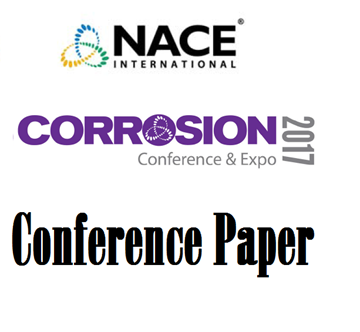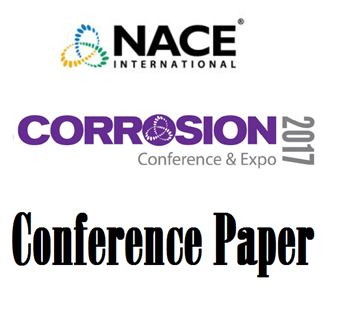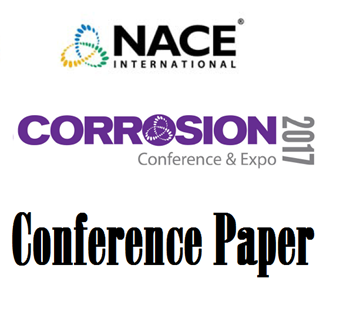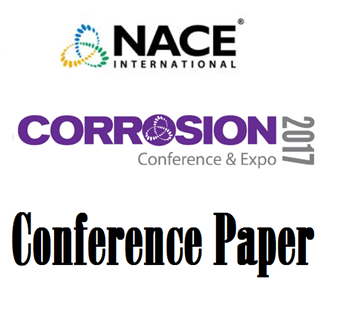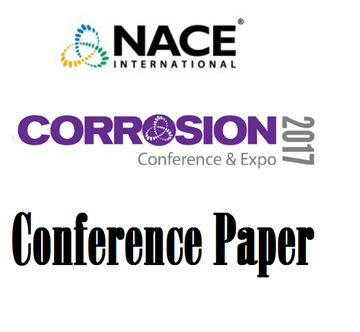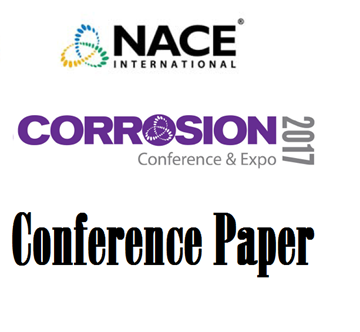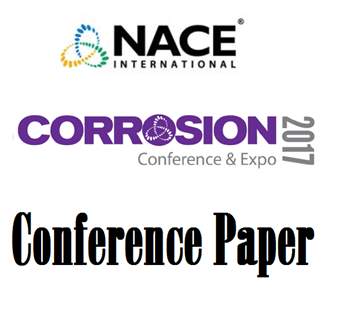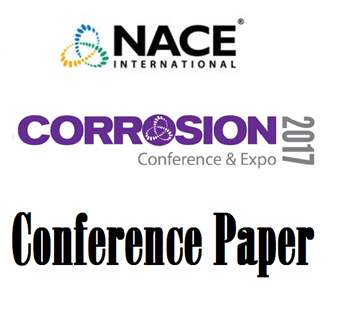Search
Products tagged with '2017 Conference Papers'
View as
Sort by
Display
per page
Effects of Annealing Temperature on Pitting Corrosion of LDX 2003 and LDX 2404 Duplex Stainless Steels
Product Number:
51317--9156-SG
ISBN:
9156 2017 CP
Publication Date:
2017
$20.00
Effects of Different Corrosion Control Systems and Fluid Services on AST Inspection Practices
Product Number:
51317--9332-SG
ISBN:
9332 2017 CP
Publication Date:
2017
$20.00
Electrochemical Crack Size Effect in Stress Corrosion Cracking and Corrosion Fatigue
Product Number:
51317--8853-SG
ISBN:
8853 2017 CP
Publication Date:
2017
$20.00
Electrochemical Model of Sour Corrosion of Mild Steel - Validation at High H2S Partial Pressures
Product Number:
51317--9098-SG
ISBN:
9098 2017 CP
Publication Date:
2017
$20.00
Electrochemistry of Mackinawite Electrodes in Sour Aqueous Solutions
Product Number:
51317--9319-SG
ISBN:
9319 2017 CP
Publication Date:
2017
$20.00
Elemental Sulfur and Speciation in High Pressure High Temperatures Oil and Gas Well Environments: Their Role in Stress Corrosion Cracking of Corrosion Resistant Alloys
Product Number:
51317--9035-SG
ISBN:
9035 2017 CP
Publication Date:
2017
$20.00
Endurance Regression Testing: A Method to Replace ASTM D2992
Product Number:
51317--9208-SG
ISBN:
9208 2017 CP
Publication Date:
2017
$20.00
Enhanced Biocide Mitigation of Microbiologically Influenced Corrosion In Enhanced Oil Recovery
Product Number:
51317--9039-SG
ISBN:
9039 2017 CP
Publication Date:
2017
$20.00
Enhanced Corrosion Prediction Model for Multiphase Oil and Gas Production Systems
Product Number:
51317--9419-SG
ISBN:
9419 2017 CP
Publication Date:
2017
$20.00
Environmentally Friendly Protective Coating System Using Water-Borne Fluoropolymer TopCoat
Product Number:
51217-054-SG
Publication Date:
2017
$20.00
Estimating Color Fade of PVDF-Based Topcoats for ‘Bright Color’ Architectural Restoration and Protective Coating Applications
Product Number:
51217-082-SG
Publication Date:
2017
$20.00
Estimating Metal Loss in a Marine Environment for Structural Integrity Analyses
Product Number:
51317--9003-SG
ISBN:
9003 2017 CP
Publication Date:
2017
$20.00

